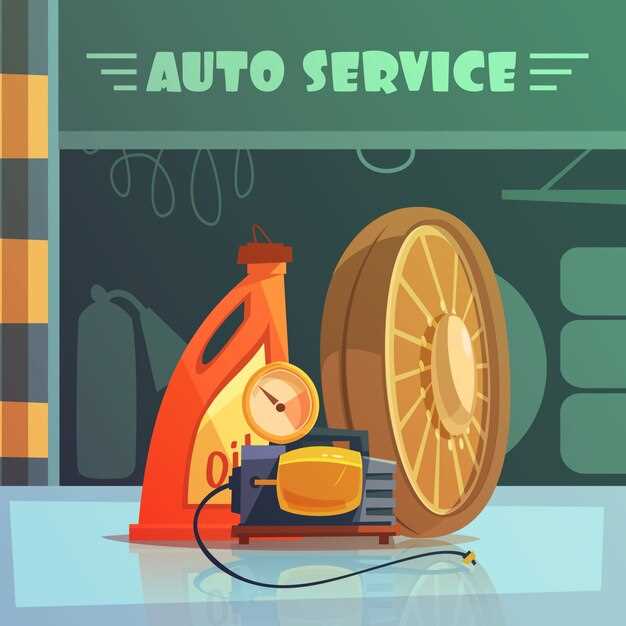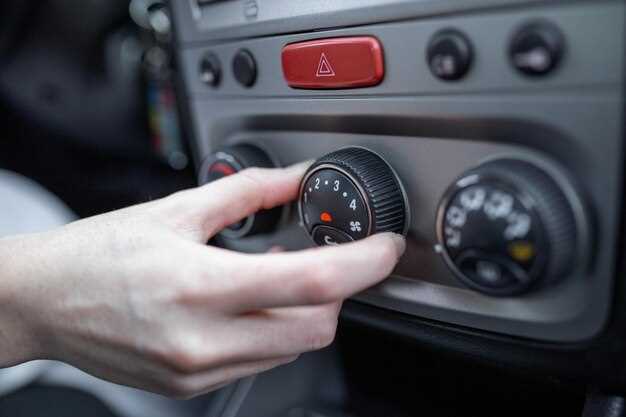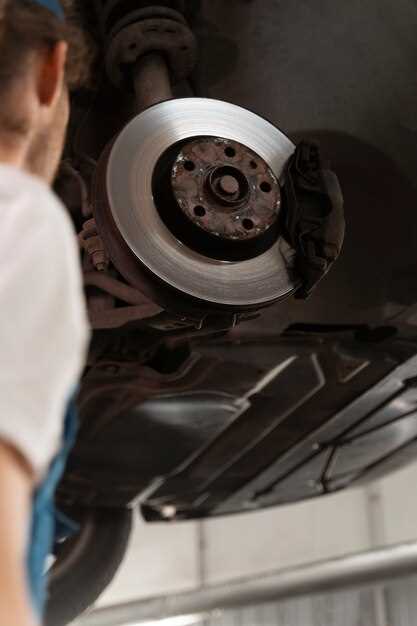
Brake Cooling Techniques for Track Days
- George Harris
- 0
- Posted on

When participating in track day events, efficient braking is crucial for maintaining speed and control. However, the performance of your braking system can be significantly affected by heat buildup. Understanding and implementing effective brake cooling techniques can enhance your vehicle’s performance, reliability, and overall safety on the racetrack.
Brake components, including calipers, pads, and discs, generate substantial heat during prolonged use. As temperatures rise, brake fade can occur, leading to diminished stopping power and potentially compromising safety. To combat this issue, it is essential to adopt strategies that promote effective heat dissipation throughout the braking system.
This article will delve into various brake cooling methods, ranging from simple modifications to advanced engineering solutions. By integrating these techniques into your track day preparations, you will ensure that your brakes remain effective under the demanding conditions of high-speed driving, leading to an exhilarating and safe experience on the track.
Understanding the Impact of Brake Temperature on Performance

The performance of a vehicle during track days is significantly influenced by brake temperature. Brakes operate by converting kinetic energy into thermal energy through friction, which generates heat. This heat must be managed effectively to maintain optimal performance and safety.
High Brake Temperatures: When brake temperatures exceed the ideal range, several adverse effects can occur. One primary issue is brake fade, where the braking system loses effectiveness due to hot brake components. This can lead to longer stopping distances and decreased control, posing risks during high-speed maneuvers.
In addition to brake fade, excessive heat can lead to uneven wear and damage to brake components such as rotors, pads, and calipers. Overheating can cause brake fluid to vaporize, resulting in a loss of hydraulic pressure and, consequently, brake failure.
Optimal Temperature Range: Each braking system has a specific temperature range in which it operates efficiently. For most performance brakes, this range lies between 300°F and 1200°F (150°C – 650°C). Operating within this range allows for optimal friction levels and consistent performance without the negative impacts of overheating.
Cooling Techniques: To maintain brake temperature within the ideal range, various cooling techniques can be employed. These include using ventilated brake systems, air ducts to direct airflow, and high-performance brake pads designed to withstand higher temperatures. Additionally, ensuring the brakes are properly bled and using fluids with higher boiling points can significantly improve heat management.
Understanding and managing brake temperature is crucial for maximizing track day performance. By keeping brakes within their optimal operating range, drivers can ensure consistent braking response, improved safety, and ultimately better lap times.
Active vs. Passive Brake Cooling Systems: What You Need to Know

Brake cooling is crucial for maintaining optimal performance during track days. Two primary systems exist: active and passive. Understanding their differences is essential for choosing the right solution for your vehicle.
Passive Brake Cooling Systems rely on natural airflow and heat dissipation. This type typically features larger brake rotor designs, slotted surfaces, and drilled holes that enhance airflow around the brake components. These systems can effectively lower temperatures by allowing heat to escape during braking periods. However, their efficiency is often limited by vehicle speed and ambient conditions. Therefore, during extended high-speed driving or heavy braking, passive systems may struggle to maintain optimal temperatures.
On the other hand, Active Brake Cooling Systems incorporate mechanical or electronic methods to regulate temperature. These systems may include fans, ducts, or even water sprays to directly cool the brake components. Active systems have the advantage of providing consistent cooling regardless of vehicle speed or braking intensity. This makes them particularly beneficial for high-performance vehicles or settings where braking is frequent and intense. However, they can add complexity and weight to the vehicle, and might require additional maintenance over time.
When selecting between active and passive systems, consider factors like driving style, vehicle type, and track conditions. For those focused on extended high-performance driving, an active system may offer substantial benefits. In contrast, casual track enthusiasts might find passive systems sufficient for their needs. Ultimately, the choice will impact braking performance, safety, and overall driving experience on the track.
Practical Tips for Improving Brake Cooling on Track Days
Effective brake cooling is essential for maintaining performance and safety during track days. Here are practical tips to enhance your brake cooling system:
1. Upgrade Brake Components: Consider using high-performance brake pads and rotors specifically designed for track use. These often feature materials with better heat dissipation properties, allowing them to withstand higher temperatures without degrading.
2. Install Brake Ducts: Adding dedicated brake cooling ducts can significantly improve airflow to the brakes. This involves installing channels or hoses that redirect air from the vehicle’s front or side to the calipers, effectively lowering their temperature during high-speed runs.
3. Optimize Wheel and Tire Selection: Choose lightweight wheels with a design that allows for better airflow around the brake components. Additionally, opt for tires that have a compound suited for track use, as overheating can occur when tires are inadequate for the conditions.
4. Utilize Cooling Fans: In extreme cases, consider installing aftermarket cooling fans near the brake calipers. These can help enhance airflow and accelerate heat dissipation, especially on circuits with less natural airflow.
5. Adjust Brake Bias: Adjusting the brake bias can help distribute braking force more evenly between the front and rear axles. This may reduce the load on individual components, assisting in heat management and prolonging brake life.
6. Monitor Brake Temperature: Use a thermal camera or infrared thermometer to monitor brake temperatures. Knowing specific brake caliper temperatures can help you adjust your driving style or modify your cooling strategy when overheating is detected.
7. Plan Cooling Strategies During Sessions: Incorporate cooldown laps into your driving strategy. Allowing brakes to cool after heavy use can mitigate heat buildup and extend the life of braking components throughout the track day.
8. Inspect and Maintain: Regularly inspect your brake system for any signs of wear or damage. Ensure that ducts are unobstructed and that all connections and hoses are in good condition to maintain optimal cooling performance.
Implementing these tips can significantly improve brake performance and longevity during track days, ensuring that you can enjoy the full potential of your vehicle while maintaining safety and reliability on the track.
